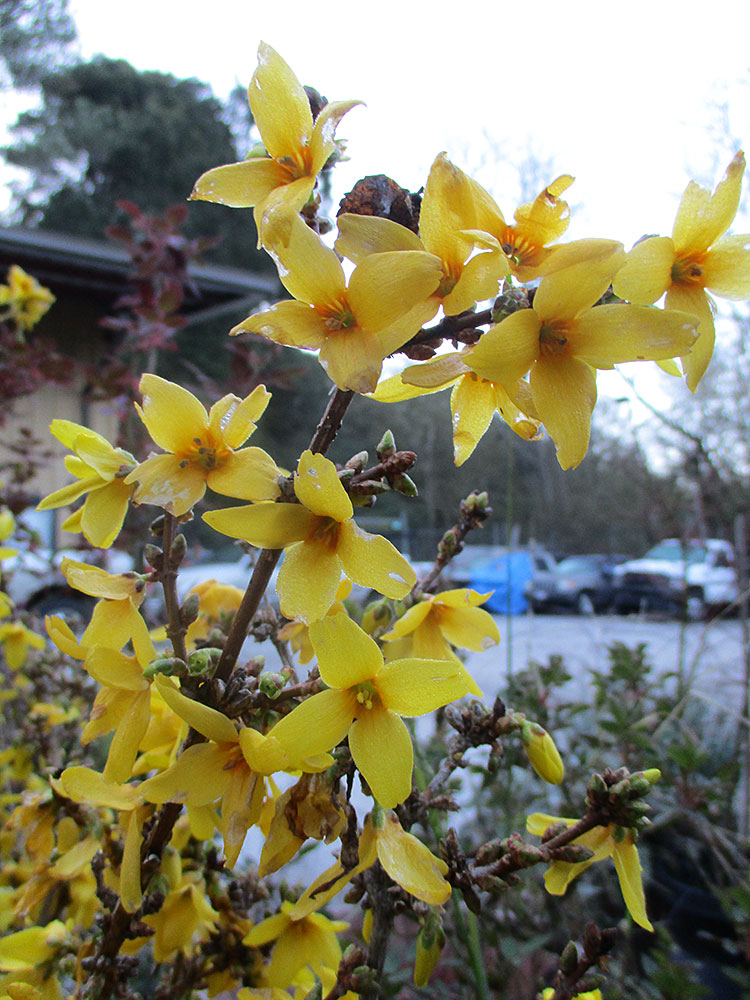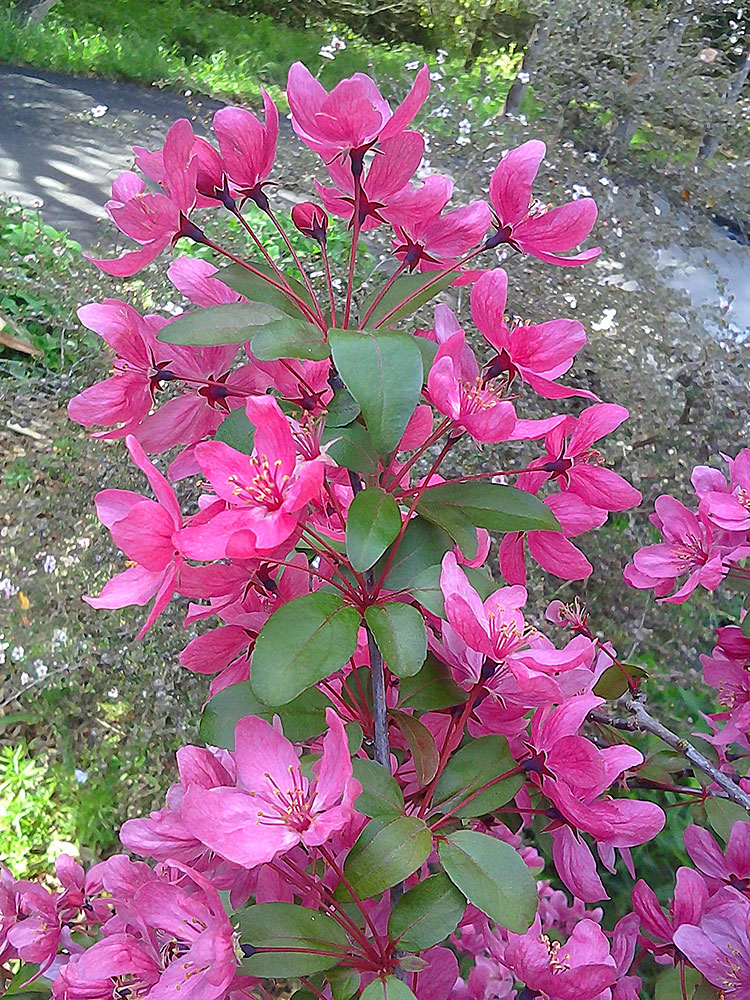By Tony Tomeo
Most major pruning happens while the plants that need it are dormant through winter. That is why it is known as ‘dormant pruning.’ To prune while plants are blooming, fruiting, foliating or growing would be so much more disruptive. Pruning that happens during other seasons is not as aggressive as dormant pruning. Spring pruning, although practical for some plants, is relatively docile.
For deciduous fruit trees, dormant pruning is very important. It concentrates resources into fruit production, but also limits production to sustainable quantities. Otherwise, such fruit trees would be unable to support the weight of their own copious fruit. Spring pruning of such trees is simply too late. By that time, superfluous fruit has already consumed significant resources, only to be wasted.
Stone fruit trees and pome fruit trees are familiar examples of deciduous fruit trees that rely on dormant pruning. Stone fruits include peach, nectarine, apricot, plum and their relatives. Pome fruits are primarily apple and pear. Ironically though, their fruitless but flowering counterparts perform best with spring pruning instead. As similar as they all are, they have completely different priorities.
Flowering cherry trees bloom more spectacularly than fruiting cherry trees, but produce no fruit. Similarly, flowering crabapple trees bloom more colorfully than fruiting apple trees, but produce only tiny fruit. Neither must sustain production of significant fruit. Nor must they support the increasing weight of developing fruit. Prolific bloom is their primary function. Spring pruning accommodates.
Spring pruning allows flowering trees to first bloom as profusely as possible. Pruned out stems have already served their purpose. Because fruit production is not a concern, spring pruning is less severe than dormant pruning. Nonetheless, because dormant pruning is so practical for so many plants, spring pruning may seem impractical. It is tempting to prune dormant flowering trees now. Doing so harmlessly compromises bloom.
•••
Flowering Crabapple
All crabapple trees flower. Almost all subsequently produce fruit. Those designated as ‘flowering’ crabapples exhibit the most spectacular bloom, but generally produce inferior fruit. A few cultivars are nearly fruitless. Crabapples not designated as ‘flowering’ are not as bold in bloom, but generally produce larger fruit of better quality. Their fruit is useful for jelly and other culinary applications.
Almost all crabapple trees here are flowering crabapples. Fruiting crabapples are rare locally. Their fruit is not as popular as it is in other regions. However, flowering crabapples that produce big fruit are increasingly trendy. Their fruits can get as wide as an inch and a half, almost as big as fruits of fruiting crabapples. If not picked or eaten by birds, even typical berry sized fruits are messy.
White, pink or reddish pink bloom is impressively profuse, just prior to spring foliation. In fact, bloom is comparable to that of flowering cherries, and only a bit later. Most flowering crabapples get no taller than 15 feet. Aggressive annual dormant pruning is not necessary as it is for trees that produce heavy apples. Instead, mature trees appreciate summer structure pruning and thinning.
•••
Horticulturist Tony Tomeo can be contacted at tonytomeo.com.




